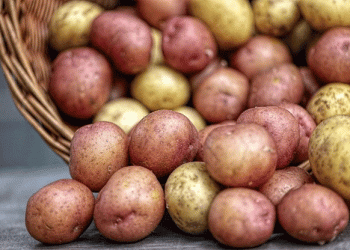The North Carolina sweet potato industry is gearing up for potential price strengthening as supply constraints and evolving market dynamics shape the trajectory of pricing trends. Thomas Joyner, president of Nash Produce, sheds light on key factors influencing this shift.
A notable decrease in overall supply compared to previous years sets the stage for tighter market conditions. With a smaller crop in 2023 stemming from a downward trend in acreage, the industry grapples with the aftermath of a peak-sized harvest in 2021. Joyner emphasizes the economic challenges inherent in sweet potato cultivation, compounded by labor-intensive harvesting methods and prolonged product storage.
Despite supply limitations, demand remains resilient, showing a consistent upward trend year over year. The approaching Easter holiday season is expected to further bolster consumption, exerting additional pressure on available inventory. Joyner highlights the pivotal role of European exports in shaping pricing dynamics, underscoring the need for strategic inventory management to meet both domestic and international demands.
Changes in the export landscape, particularly shortened export windows and increased competition from Egypt, add complexity to market dynamics. As domestic retail pricing strengthens, industry stakeholders are cautiously optimistic about mitigating potential acreage reductions in the upcoming season. However, escalating costs continue to pose challenges, hinting at potential future price hikes in the fall.
In navigating these challenges, the North Carolina sweet potato sector remains vigilant, balancing supply and demand dynamics while adapting to evolving market conditions. As stakeholders brace for potential price fluctuations, strategic planning and market foresight are paramount to ensuring the industry’s long-term sustainability and competitiveness.







